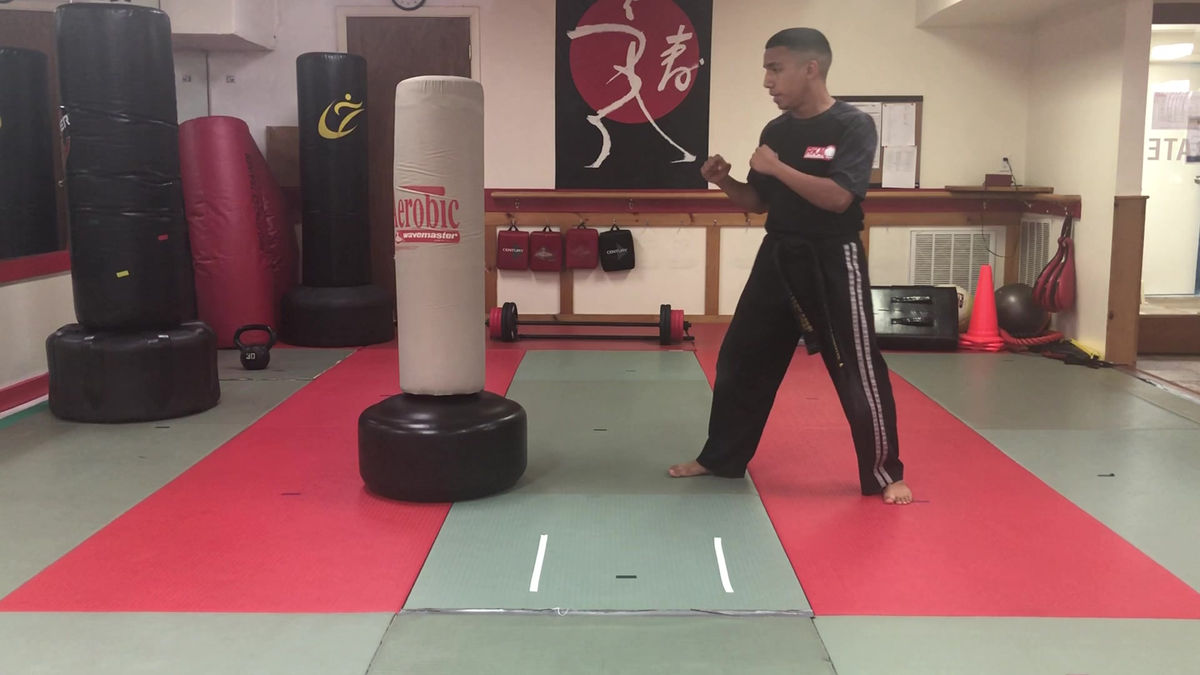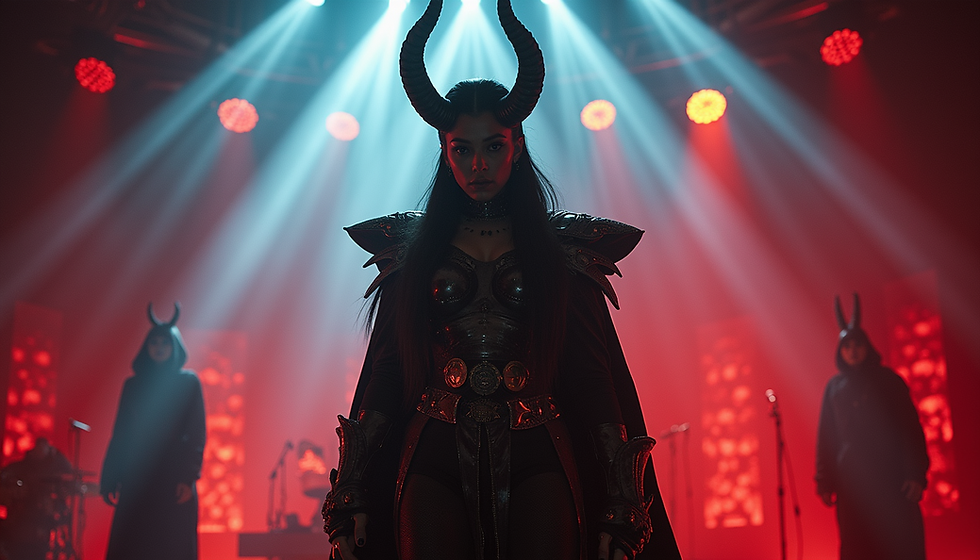Mastering the Art of Anime: A Step-by-Step Guide to Drawing Your Favorite Characters
- Joseph Fanning
- Sep 30
- 4 min read
Anime has captivated audiences around the world with its unique art style and compelling storytelling. For many fans, the desire to create their own anime characters is a natural extension of their love for the medium. Whether you're a complete beginner or looking to refine your skills, this guide will walk you through the essential steps to draw anime characters that resonate with your artistic vision.
Understanding the Basics of Anime Art
Before diving into the drawing process, it's crucial to understand the fundamental elements that define anime art. Anime is characterized by its vibrant colors, exaggerated facial expressions, and stylized features.
The first step is to familiarize yourself with the different styles of anime. From the classic aesthetics of Studio Ghibli to the more modern looks seen in series like "My Hero Academia," each style has its own unique traits.
By studying various anime styles, you can identify what resonates with you and begin to develop your own artistic voice.
Gathering Your Tools | Mastering the Art of Anime
To start drawing anime, you'll need some basic tools. Here’s a list of essentials:
Pencils: A range of pencils (HB, 2B, 4B) for sketching and shading.
Erasers: A kneaded eraser for gentle corrections and a regular eraser for more substantial mistakes.
Paper: Smooth drawing paper or sketchbooks that can handle pencil and ink.
Inking Pens: Fine liners or brush pens for outlining your drawings.
Coloring Tools: Markers, colored pencils, or digital tools if you prefer to work digitally.
Having the right tools will make your drawing experience more enjoyable and productive.
Sketching the Basic Shapes
Once you have your tools ready, it’s time to start sketching. Begin with basic shapes to outline your character.
Head: Start with a circle for the head.
Guidelines: Draw a vertical line down the center and a horizontal line across the middle to help position the facial features.
Body: Use simple shapes like ovals and rectangles to outline the torso, arms, and legs.
This step is crucial as it lays the foundation for your character. Don’t worry about details just yet; focus on getting the proportions right.
Defining Facial Features
Anime characters often have distinct facial features that convey emotion and personality.
Eyes: Start by drawing large, expressive eyes. The shape can vary depending on the character's personality—rounder eyes often suggest innocence, while sharper shapes can indicate fierceness.
Nose and Mouth: Keep these features simple. A small line or dot can represent the nose, and a curved line can depict the mouth.
Hair: Anime hair is often exaggerated and stylized. Use flowing lines to create dynamic shapes that reflect the character's personality.
Take your time with this step, as the facial features are what will bring your character to life.
Adding Details and Clothing
With the basic structure in place, it’s time to add details.
Clothing: Think about the character's personality and background when designing their outfit. Use reference images to help you visualize different styles.
Accessories: Hats, glasses, or jewelry can add depth to your character.
Remember to keep the lines clean and consistent, as this will make the final piece look polished.
Inking Your Drawing | Mastering the Art of Anime
Once you’re satisfied with your sketch, it’s time to ink your drawing.
Outline: Use your inking pens to carefully trace over your pencil lines.
Thickness: Vary the thickness of your lines to create depth and interest. Thicker lines can be used for the outer edges, while thinner lines can define internal details.
Inking is a critical step that can significantly enhance the overall look of your artwork.
Coloring Your Character
Coloring is where your character truly comes to life.
Base Colors: Start with flat colors for the skin, hair, and clothing.
Shading: Add depth by incorporating shadows. Consider the light source and use darker shades of your base colors to create dimension.
Highlights: Use lighter colors or white to add highlights, especially in the eyes and hair.
Experiment with different color palettes to find what works best for your character.
Final Touches | Mastering the Art of Anime
After coloring, take a step back and evaluate your work.
Background: Consider adding a simple background to give context to your character. This could be a gradient, a landscape, or a pattern that complements the character.
Details: Add any final details or adjustments to enhance the overall composition.
This is your chance to make any last-minute changes that will elevate your artwork.
Practice Makes Perfect
Drawing anime is a skill that takes time and practice to develop. Don’t be discouraged if your first few attempts don’t turn out as expected.
Study: Continuously study different anime styles and techniques.
Draw Regularly: Set aside time each week to practice. The more you draw, the better you will become.
Remember, every artist has their own journey, and improvement comes with dedication and perseverance.
Conclusion | Mastering the Art of Anime
Mastering the art of anime drawing is a rewarding journey that allows you to express your creativity and passion for the medium. By following these steps, you can develop your skills and create characters that resonate with your artistic vision.
Whether you’re drawing for fun or aspiring to become a professional artist, the key is to enjoy the process and keep pushing your boundaries. So grab your tools, unleash your imagination, and start creating your own anime masterpieces!
Joe is an orange belt in Karate and watches Anime.










Comments